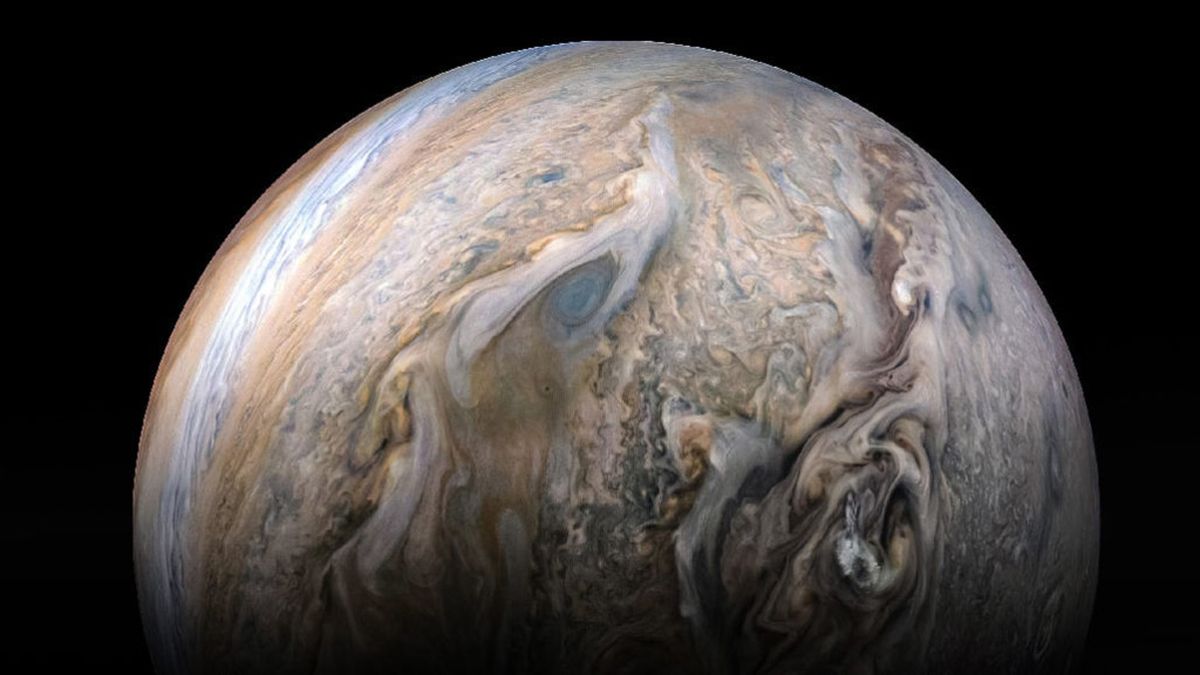Double “ridges” are linear, with two peaks and a central trough between them.
“If you cut one up and looked at the cross section, it would look a bit like a capital ‘M'”said Stanford University geophysicist Riley Culberg, lead author of the study published in the journal Nature Communications.
Radar data showed that a subsurface water refreezing phenomenon drove the formation of the Greenland Double Range.
If Europa’s features form in the same way, this could indicate the presence of large amounts of liquid water, a key ingredient for life, near the surface of Jupiter’s moon’s thick outer ice.
In the search for extraterrestrial life, Europa has attracted attention as one of the places in the Solar System that could be habitable, perhaps by microbes, due to a global ocean of salty water detected deep within its ice cap. Countless bodies of water closer to the surface would represent a second potential habitat for organisms.
“The presence of liquid water in the ice sheet would suggest that exchange between the ocean and the ice sheet is common, which could be important for chemical cycling that helps support life.”Culberg said.
“Shallow waters, in particular, also mean there could be easier targets for future space missions to obtain images or samples that could at least preserve evidence of life without having to fully access the deep ocean.”
NASA’s Europa Clipper robotic spacecraft is scheduled for a 2024 launch to further investigate the moon, which has conditions suitable for life.
With a diameter of 3,100 kilometers, Europa is the fourth largest of the 79 known moons of Jupiterslightly smaller than Earth’s satellite but larger than the dwarf planet Pluto. Europa’s ocean could hold twice as much water as Earth’s seas.
Source: Ambito
David William is a talented author who has made a name for himself in the world of writing. He is a professional author who writes on a wide range of topics, from general interest to opinion news. David is currently working as a writer at 24 hours worlds where he brings his unique perspective and in-depth research to his articles, making them both informative and engaging.




